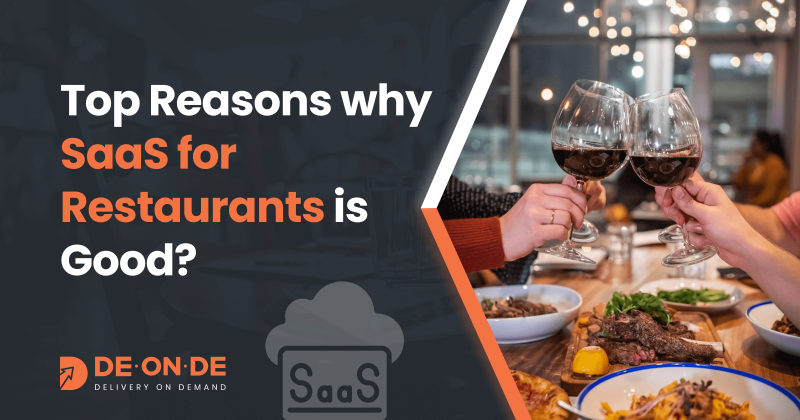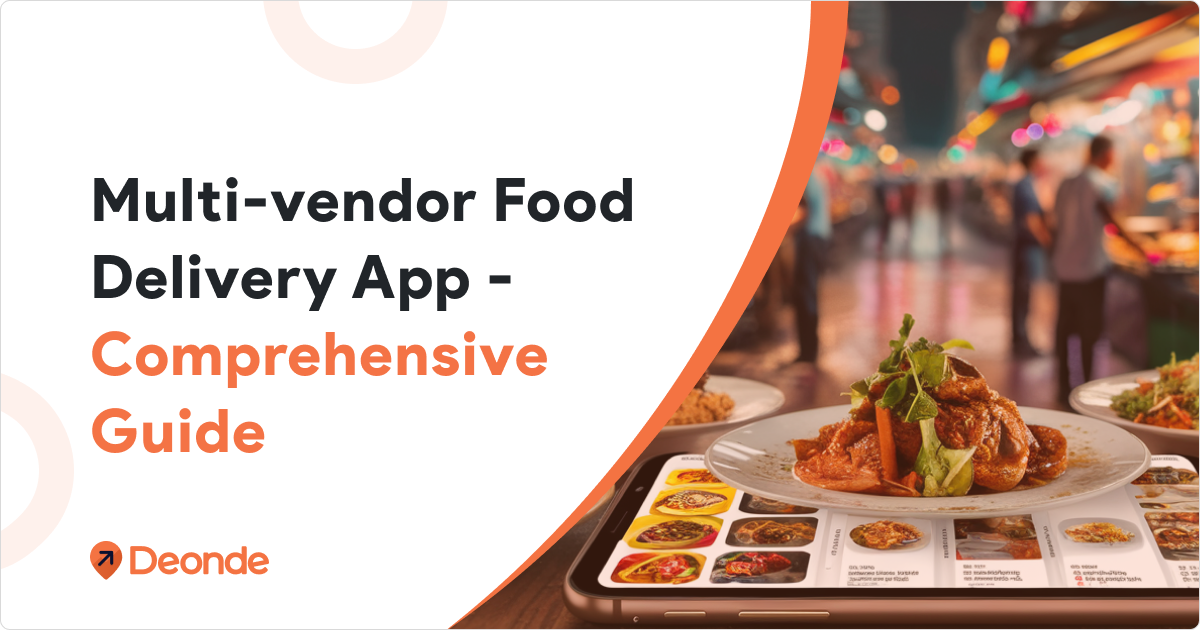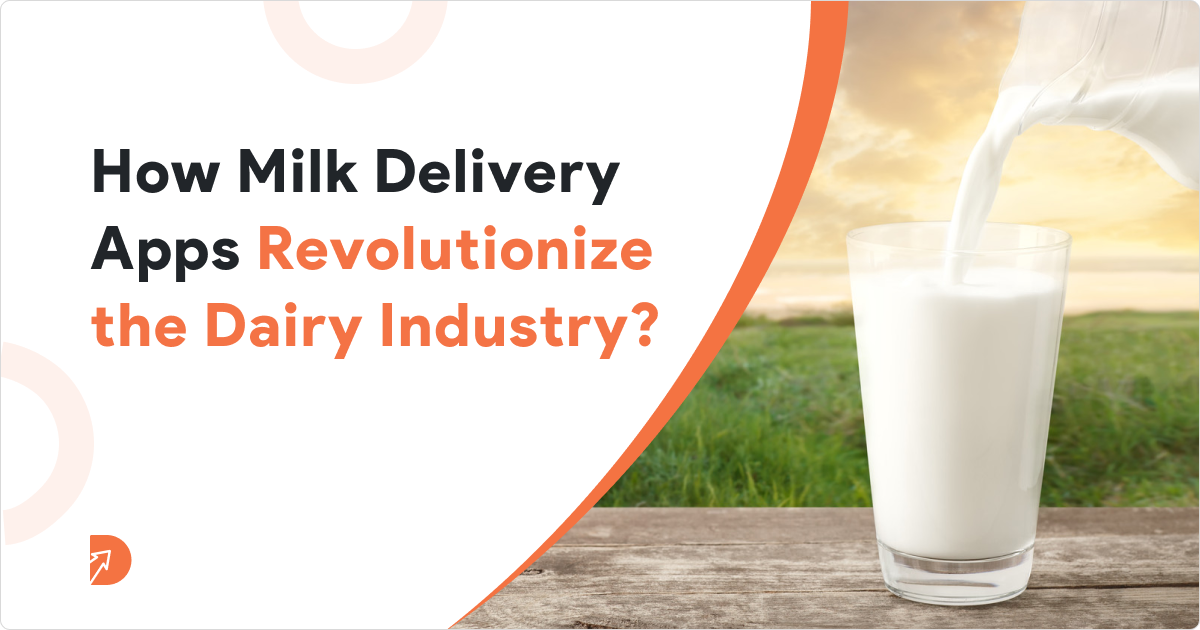SaaS for Restaurants applications are web-based, like other mobile or tablet apps, and restaurants pay a monthly or annual fee to use them. SaaS Restaurant Management Systems are leased to clients instead of on-premise software installed and maintained on an on-site computer.
SaaS technology, as predicted by Forbes, would become the industry standard in place of infrastructure and platform-based services by 2018. Despite this expansion, however, many stores and restaurant owners are still unfamiliar with the benefits of SaaS. A growing number of restaurants are switching from antiquated Restaurant Management System to cloud-based systems like SaaS due to their multiple advantages.
✅ 5 Ways the Restaurant Technology is Transforming the Industry
8 Benefits of Using Saas for Restaurants
1️⃣ The Initial Investment is Quite Low
The initial expense for a restaurant to implement a traditional point-of-sale system can go into the tens of thousands of dollars. And that’s only the beginning; you’ll also need IT to help set up the server to run the gear, install the software, and teach your staff how to use it.
However, with SaaS, customers pay a monthly/annual price to access their preferred cloud based software, which is often optimized for usage on consumer-grade tablets like the iPad or Android. While the upfront cost of switching to tablets from a traditional point-of-sale system may seem high, the savings over time can be substantial.
In contrast to the tens of thousands required for on-premise Restaurant Management, the sole start-up costs for a Cloud Restaurant System are the tablet hardware (approximately $1,000-$3,000) and the first subscription charge ($50-$150 per month).
2️⃣ Reduced Overall Expenses
When it comes to updating and maintaining a conventional Restaurant Management System, most restaurant owners are aware of the hefty expenses and hassles involved. Vendors may often offer lower upfront fees in exchange for a commitment that will benefit them financially over the contract.
This is no longer an issue for those who have subscribed to a SaaS based restaurant management system. Customers have the option to terminate their membership at any moment without penalty if they are dissatisfied with their restaurant SaaS solutions.
Since vendors in the SaaS industry are competing for clients, the possibility of losing clients prompts them to deliver better. To keep their consumers happy, SaaS companies always fix bugs, update their point-of-sale systems, and add new features.
3️⃣ Fast and Easy Setup
SaaS restaurant management systems are far less complicated to install than on-premises Restaurant Management Terminals. Providers typically make site visits to ensure a smooth launch and user training. However, IT pros aren’t needed to set up the SaaS software.
Your restaurant setup will be more or less complicated based on the systems you choose and the features you want for your restaurant. Terminals, printers, and other devices will need to be wired and networked together. However, if the network is set up properly, the restaurant’s linked devices can all get the software over the internet and run it.
4️⃣ You can Access SaaS from Anywhere
With a Cloud restaurant system, business owners don’t have to be at the restaurant’s computer to view their data. Since SaaS restaurant software can be used online, users are not limited to using a computer at the restaurant’s physical location.
With SaaS based online ordering management software, customers can access their accounts from any device with an internet connection and stay in constant touch with their data. This mobility is a big benefit for owners and operators who are often on the go and can’t rely on the limitations of a static Ordering Management System.
5️⃣ Regular Maintenance, Including Bug Fixing
In contrast to traditional Restaurant Management Systems‘ “product” approach, cloud-based manufacturers are continually debugging and upgrading their restaurant software to repair faults and enhance performance.
There is no need to wait for an IT specialist to physically upgrade any internet-connected tablets or terminals because SaaS system updates may be deployed automatically. These upgrades, which are often included in the POS’s monthly subscriptions, allow businesses to better serve their customers without disrupting their operations.
6️⃣ Provide Constant Support for Tech Issues for Restaurants
An expensive IT specialist is necessary for traditional Restaurant Management system maintenance and troubleshooting. Aside from the financial burden, restaurants with antiquated Restaurant Management system may be unable to serve customers until the IT specialist arrives to solve a specific problem. A restaurant diner’s experience might be severely diminished if operations are hindered.
By employing the same remote access end-users do, SaaS technical support may resolve issues without requiring on-site visits and provide faster responses. Managers and staff of restaurants can call a help desk and provide their technicians with step-by-step instructions on how to solve the issue over the phone.
7️⃣ SaaS have Flexible and Adaptable Software
Cloud-based restaurant system such as SaaS have flexible and adaptable software that can quickly adapt to new requirements. It takes minutes, not hours, to make adjustments to your table setup or add new menu items, and those updates are instantaneously synced across all of your linked devices.
When a traditional restaurant management system breaks down, waiting for an IT technician to repair might waste many valuable days. Downloading and installing a SaaS program takes only a few seconds, so it’s easy to get back to work if a tablet breaks or additional devices need to be connected to a cloud-based restaurant system.
Despite SaaS solutions’ advantages and cost reductions, many restaurants are having trouble switching from Traditional Restaurant Management. However, as these cutting-edge applications spread throughout the industry, restaurant owners will see that switching to SaaS is the best solution to the problems they face with older restaurant management software.
Ghost or Cloud Kitchen Vs Dine-in Restaurant: What is the major difference?
8️⃣ Provide Data Security to Restaurant Owners
The typical Restaurant management Software relies on on-premise computers to keep all of the data, making it susceptible to hackers. Hackers may steal credit card and customer information that is stored explicitly in computers. Additionally, local servers have storage limitations, so customers’ data may be deleted in the future to make space.
Since the servers for SaaS applications are located in the cloud, users can access an infinite quantity of data storage. Moreover, most Cloud-based Restaurant System do not save credit card data because of the advanced encryption procedures.
Since no data is saved on an on-premise computer, restaurants that use SaaS will never lose information in the event of a system crash.
Want to Explore Our Products?
Final Thoughts
Managers and restaurant owners may use SaaS to streamline their Online Ordering System process for their clients along with a wide range of other services.
White Label Food Delivery App Solution is good for restaurant owners financially and technically and helps build the restaurant’s reputation among customers.




